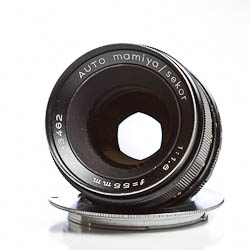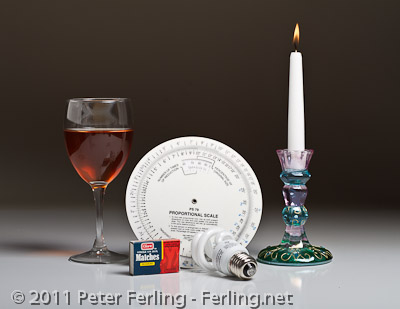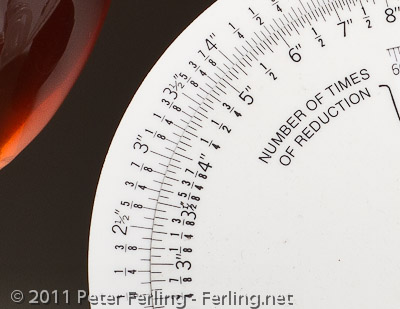
Mamiya Sekor 55mm f1.8
|
||
|---|---|---|
 |
||
Mamiya is a Japanese camera company that has been in business since May of 1940, and currently makes medium format bodies and lenses. They also used to make 35mm format until having to file for bankruptcy in 1984, and reorganizing to focus solely on medium format. As I shoot with an M645, I am familiar with the outstanding quality of their glass, and never considered trying out their 35mm formats. According to camerpedia, immediately following WWII, Mamiya purchased an optic factory in Setagaya Tokyo to make their own lenses in order to meet production demands. They also made re branded lenses for Sears and others. Interestingly enough, many of the 35mm lenses from competitors of that period looked very similiar, almost identical, and is a cause for confusion amongst collectors as to who made a particular lens. This thread sheds some light on subject and is an interesting read. I won my copy on Ebay for a whopping $29 bucks, (a Tiffen Vari-Close-Up lens came with it to boot). It was a deal I couldn't pass up. Regardless, even if the origin of a particular lens were to be known. Both time and use, (or abuse), can take it's toll and the only way to know for sure is to simply buy it and try it. There are a lot of collectors whom are quite happy with their copies. So how does my particular example perform? Mechanically it's very sound. The aperture ring has positives clicks, and the focus is smooth and properly dampened. Cosmetically it good for it's age, with no major scratches or damage. Nor is there any evidence at the screw heads and slots to indicate that it was disassembled or serviced. Initial performance was a mixed bag. I had a difficult time obtaining a sharp image, and it wasn't until after my testing that I noticed fogging in the rear element. Which actually turned out to be water vapor due to recent high humidly. I should have known better as it was raining off and on. I could have waited it out, but that's not me. So, blame it on user error. I will have to post the images that worked and capture more later. To be sure, I dried it out, and tested this on a tripod and shot some various objects I found around the house suitable to judge color, contrast and sharpness.
Obviously a capable performer when used correctly. Capture sharpen and exposure where the only adjustments needed. Still, wide open at 1.8 it's a bit soft, and improves a good deal when stopped down to 2.8.
Keep Shooting.
|
||





